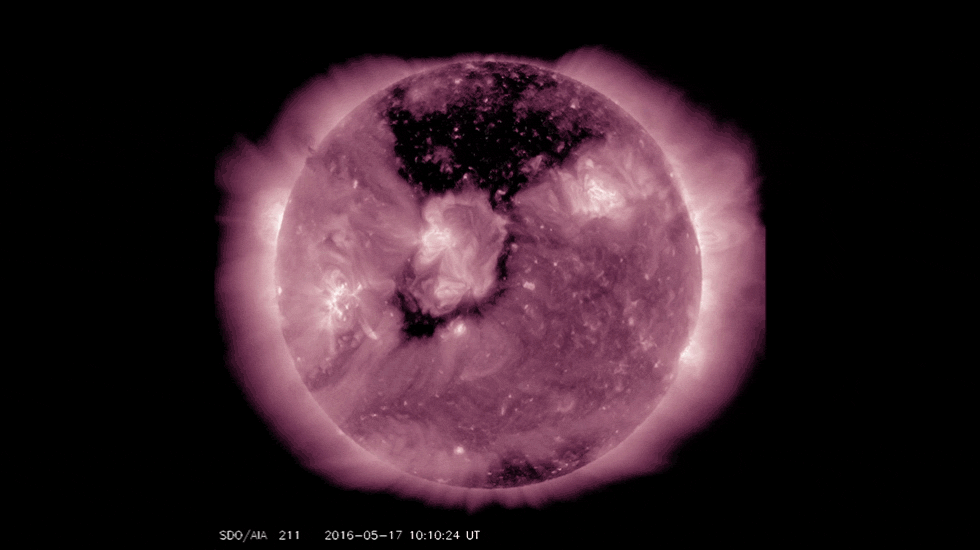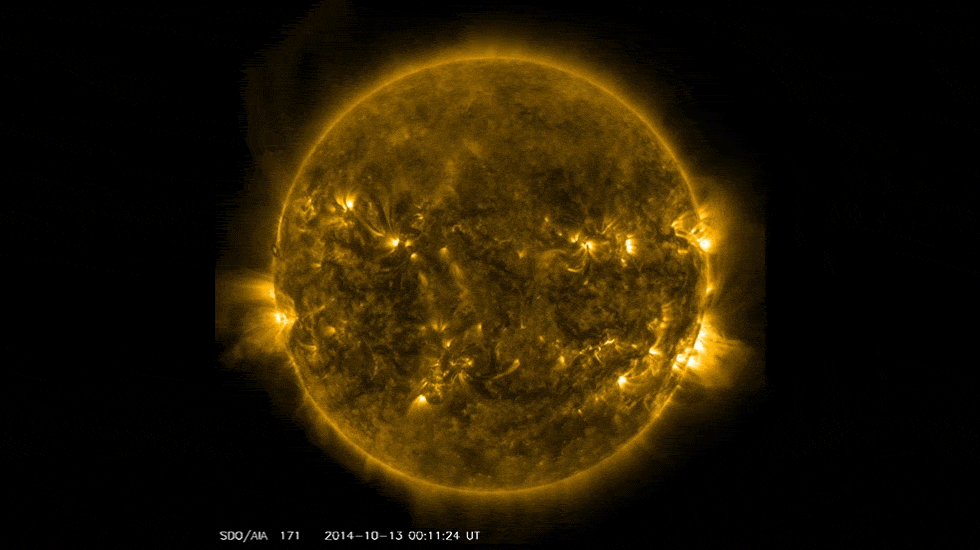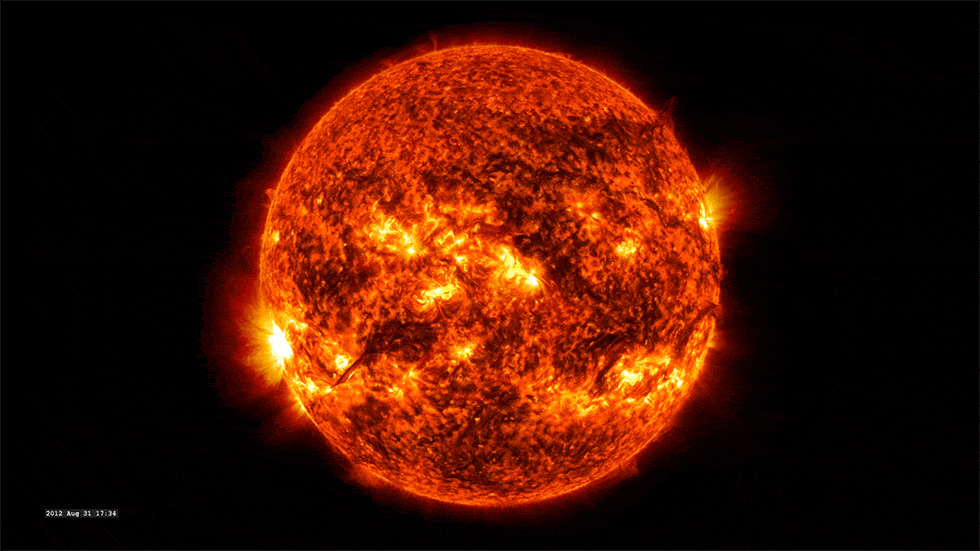
A Yemeni woman leads a donkey transporting her daughter and food aid provided by Mona Relief Yemen in Bani Matar, Yemen on Thursday in the middle of an ongoing civil war. A new United Nations report Friday that a record number of people around the world were displaced in 2020, mostly because of violence. Photo by Yahya Arhab/EPA-EFE
June 18 (UPI) -- The United Nations said Friday that a record number of people around the world were forcibly displaced by the end of last year because of ongoing conflicts and new violence.
The report, released by UNHCR, the United Nations Refugee Agency, said 82.4 million people were displaced. The record number is a significant jump from 2012 when 41 million were displaced and 79.5 million in 2019.
"Many also fled from climate-related emergencies such as floods and droughts, with no guarantee of a quick return," the report said. "As displacement grew, so did the number of people of concern to UNHCR, with almost 92 million refugees, asylum-seekers, internally displaced, stateless, recent returnees and host communities."
The report said 110 countries made asylum possible by the end of 2020 even though COVID-related border restrictions were in place.
RELATED U.N. discloses thousands of files related to North Korea human rights abuses
"As the COVID-19 crisis unfolded, governments acted rapidly to contain the spread of the virus," the report said. "Within a few short months, 100 countries had closed their borders, putting displaced populations under increasing stress and at growing risk. And yet, in a sign of solidarity and respect for human rights, some border restrictions were eased for people fleeing conflict and persecution."
The U.N. report said many people of concern to UNHCR were in areas with struggling health systems, limited COVID-19 testing and treatment and no provision for isolation or quarantine.
"UNHCR moved rapidly to build or rehabilitate hospital facilities and to bolster the health response while urging governments to bring displaced people into their COVID-19 response," the report said. "Although much of global transport was at a standstill, UNHCR sent protective equipment, rapid test kits and other critical supplies worth $186.1 million."
The report said the coronavirus added to the distress of people who were forced to flee their homes, complicating how governments and social service agencies dealt with them.















